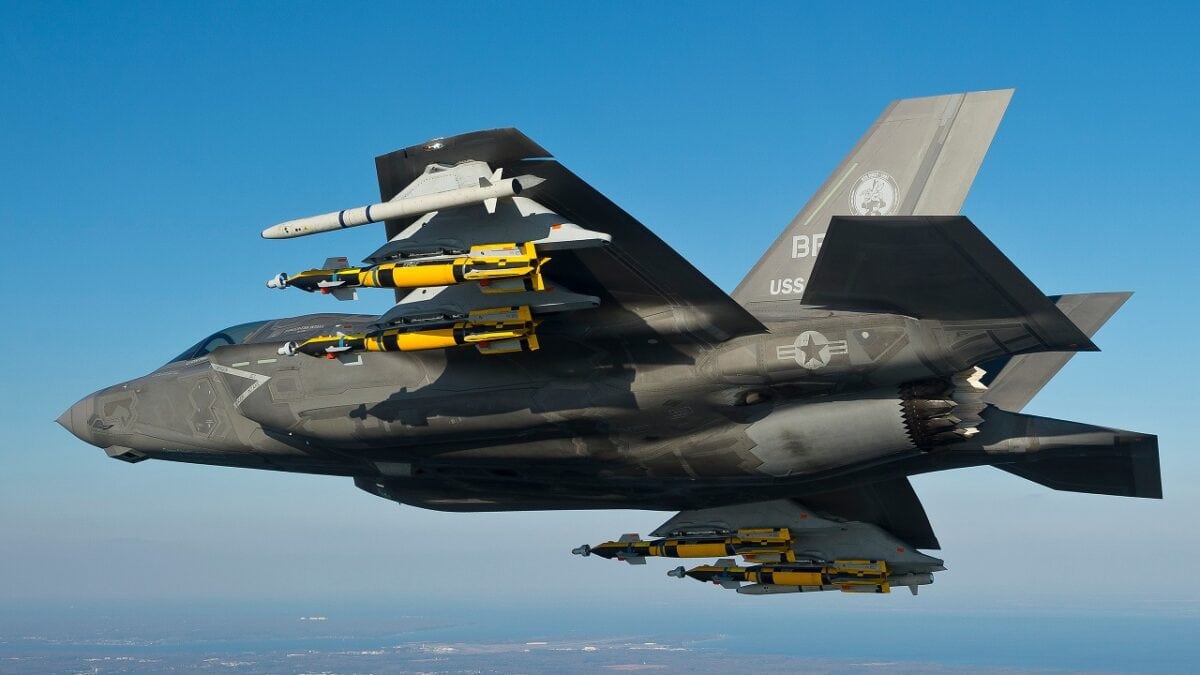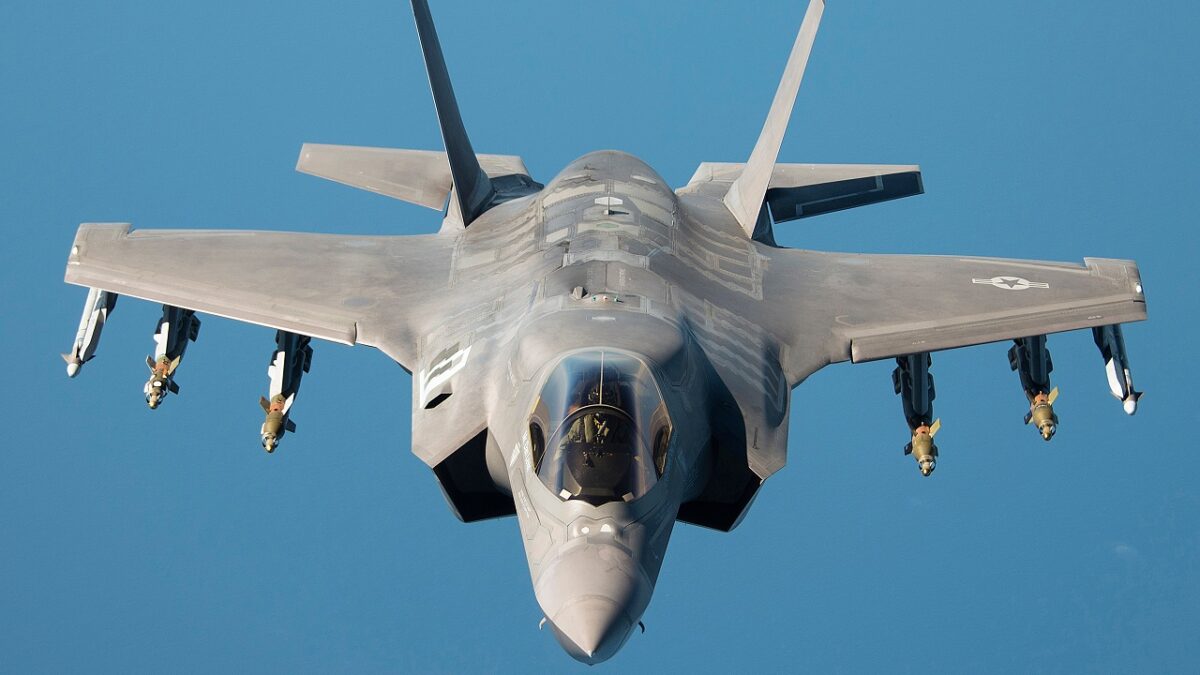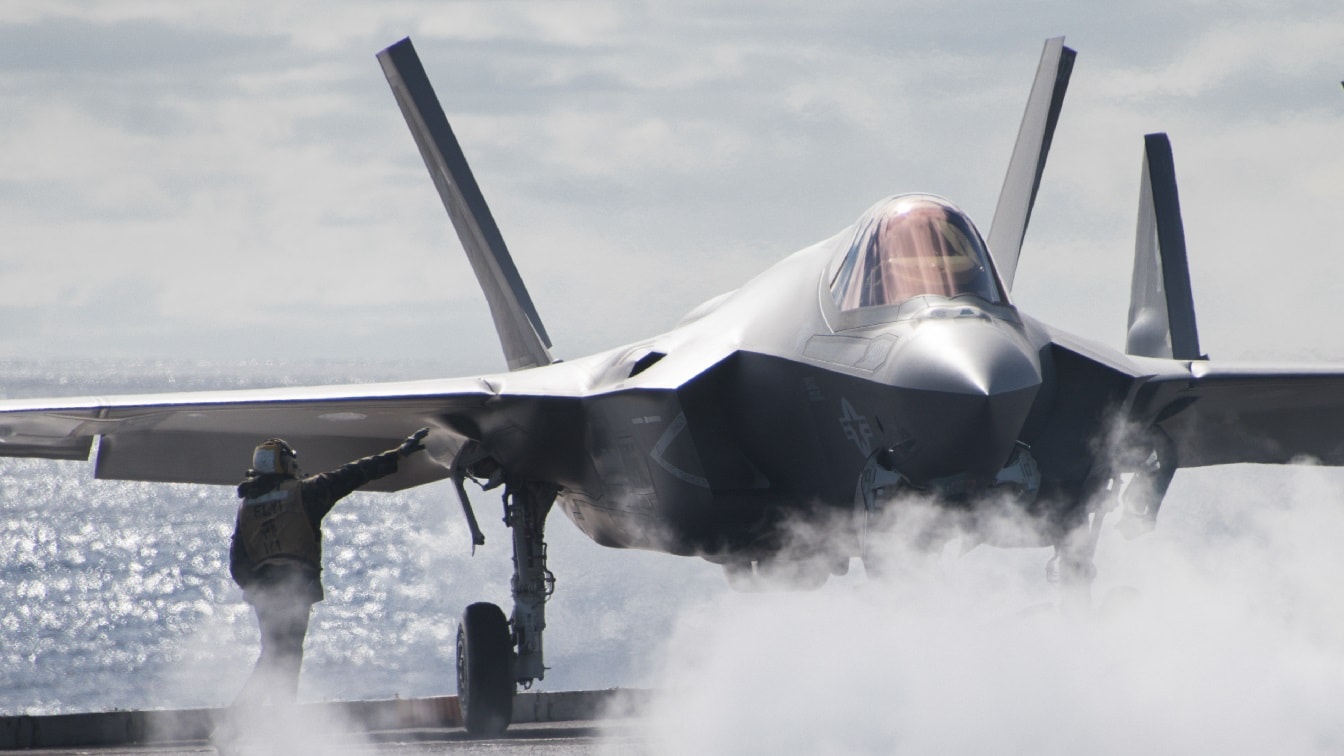Lockheed Martin is Flying High on the F-35: Lockheed Martin Corp. is flying high, thanks in large part to its F-35 Lightning II, which has become one of the most sought-after combat platforms in the world today.
The United States aerospace and defense giant on Tuesday reported better-than-expected quarterly revenue, driven by higher sales in its aeronautics unit, which produces the fifth-generation stealth fighter jet.
Lockheed Martin and the Ukraine War
The company has seen a sharp increase in demands for arms as Russia continues to wage its unprovoked and unwarranted war in Ukraine. Lockheed Martin maintained its 2022 revenue guidance of $65.25 billion despite lingering supply chain-related headwinds. read more In July, Lockheed revised the figure down from $66 billion.
“Lockheed Martin delivered a solid quarter, highlighted by strength in free cash flow, orders, and operating margins, that positions us well to achieve our full-year commitments,” said Lockheed Martin Chairman, President and CEO James Taiclet. “Our continuing ability to deliver strong financial performance in turn enables further investments in the 21st Century Security technologies essential to support our customers in conducting effective Joint All-Domain Operations.”
Sales of the F-35 Soaring High
Compared to the same quarter a year ago sales at the company’s aeronautics division, which makes the F-35, rose 7.6 percent to $7.1 billion. However, profit margins in the unit fell slightly from 10.9 percent to 10.7 percent compared with the same quarter last year – reportedly due to supply chain issues, and higher cost of goods.
Aeronautics is the company’s largest unit – and also maker of the F-16 fighter – was hard hit by difficulties in obtaining key components in the first part of the year, which hampered production volume. It was found just last month that some materials used in the aircraft’s production had come from China, which halted the Pentagon’s acceptance of new F-35s while the matter was resolved.
F-35 Looks Unstoppable Now
Despite those setbacks, orders for the F-35 keep coming in. Just this year, Finland, Switzerland, and Germany announced deals to obtain the stealth aircraft – while Greece and the Czech Republic are seen as potential/likely customers as well.
Russia’s invasion of Ukraine and China’s saber-rattling in the Indo-Pacific have been seen as motivators that spurred sales of the jets.
This past summer, the U.S. State Department approved a potential sale of over $8 billion worth of F-35 aircraft to Germany, moving closer to providing Berlin with new fighter aircraft for nuclear deterrence missions. On August 2, the State Department announced the foreign military sales (FMS) approval for up to 35 F-35A aircraft, along with munitions and related equipment. The F-35A could take over, by 2030, the nuclear weapons mission from the German Air Force’s aging fleet of PA-200 Tornado aircraft, based at Tactical Air Wing 33 in Büchel, Germany.
Stealthy Revenue Generator
The F-35 program has once again remained the largest revenue generator for LMT’s Aeronautics business unit and accounted for 68 percent of aeronautics’ net sales in 2021.
In August, LMT signed a modification contract that was provided by Naval Air System Command, Patuxent River, Maryland. Valued at $7.63 billion, the aerospace company will produce a total of 129 F-35 aircraft – from all variations – while also providing 69 shipsets of technical hardware. The contract will serve the U.S. Air Force, U.S. Navy, U.S. Marine Corps, non-U.S Department of Defense (DoD) participants, as well as Foreign Military Sales customers.

F-35 Joint Strike Fighter. Image Credit: Lockheed Martin.

F-35 JDF. Image Credit: Lockheed Martin.

F-35 stealth fighter.
According to the Pentagon, 49 of the F-35As will be delivered to the Air Force, while three F-35Bs and 10 F-35Cs will be received by the Marine Corps. Fifteen of the contracted F-35s are for the U.S. Navy, while 32 F-35As and four F-35Bs will be delivered to non-DoD participants. The remaining 16 F-35s will go to U.S. allies under Foreign Military Sales. A major portion of the agreement will be executed in Fort Worth, Texas; whilst additional work will be completed in California and the UK.
A Senior Editor for 19FortyFive, Peter Suciu is a Michigan-based writer who has contributed to more than four dozen magazines, newspapers, and websites with over 3,000 published pieces over a twenty-year career in journalism. He regularly writes about military hardware, firearms history, cybersecurity, and international affairs. Peter is also a Contributing Writer for Forbes. You can follow him on Twitter: @PeterSuciu.

